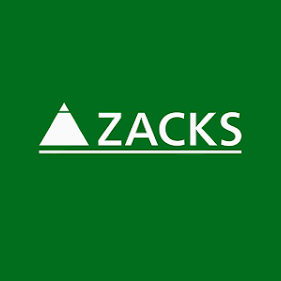Newell Brands Stock Investor Sentiment
| NWL Stock | USD 9.56 0.22 2.36% |
About 55% of Newell Brands' institutional investors are presently thinking to get in. The analysis of overall sentiment of trading Newell Brands stock suggests that some investors are interested at this time. Newell Brands' investing sentiment shows overall attitude of investors towards Newell Brands.
Newell |
Far too much social signal, news, headlines, and media speculation about Newell Brands that are available to investors today. That information is available publicly through Newell media outlets and privately through word of mouth or via Newell internal channels. However, regardless of the origin, that massive amount of Newell data is challenging to quantify into actionable patterns, especially for investors that are not very sophisticated with ever-evolving tools and techniques used in the investment management field.
A primary focus of Newell Brands news analysis is to determine if its current price reflects all relevant headlines and social signals impacting the current market conditions. A news analyst typically looks at the history of Newell Brands relative headlines and hype rather than examining external drivers such as technical or fundamental data. It is believed that price action tends to repeat itself due to investors' collective, patterned thinking related to Newell Brands' headlines and news coverage data. This data is often completely overlooked or insufficiently analyzed for actionable insights to drive Newell Brands alpha.
Newell Brands Performance against Dow Jones
When determining whether Newell Brands is a strong investment it is important to analyze Newell Brands' competitive position within its industry, examining market share, product or service uniqueness, and competitive advantages. Beyond financials and market position, potential investors should also consider broader economic conditions, industry trends, and any regulatory or geopolitical factors that may impact Newell Brands' future performance. For an informed investment choice regarding Newell Stock, refer to the following important reports:Check out Newell Brands Hype Analysis, Newell Brands Correlation and Newell Brands Performance. For more information on how to buy Newell Stock please use our How to buy in Newell Stock guide.You can also try the Commodity Channel module to use Commodity Channel Index to analyze current equity momentum.
Is Housewares & Specialties space expected to grow? Or is there an opportunity to expand the business' product line in the future? Factors like these will boost the valuation of Newell Brands. If investors know Newell will grow in the future, the company's valuation will be higher. The financial industry is built on trying to define current growth potential and future valuation accurately. All the valuation information about Newell Brands listed above have to be considered, but the key to understanding future value is determining which factors weigh more heavily than others.
The market value of Newell Brands is measured differently than its book value, which is the value of Newell that is recorded on the company's balance sheet. Investors also form their own opinion of Newell Brands' value that differs from its market value or its book value, called intrinsic value, which is Newell Brands' true underlying value. Investors use various methods to calculate intrinsic value and buy a stock when its market value falls below its intrinsic value. Because Newell Brands' market value can be influenced by many factors that don't directly affect Newell Brands' underlying business (such as a pandemic or basic market pessimism), market value can vary widely from intrinsic value.
Please note, there is a significant difference between Newell Brands' value and its price as these two are different measures arrived at by different means. Investors typically determine if Newell Brands is a good investment by looking at such factors as earnings, sales, fundamental and technical indicators, competition as well as analyst projections. However, Newell Brands' price is the amount at which it trades on the open market and represents the number that a seller and buyer find agreeable to each party.







